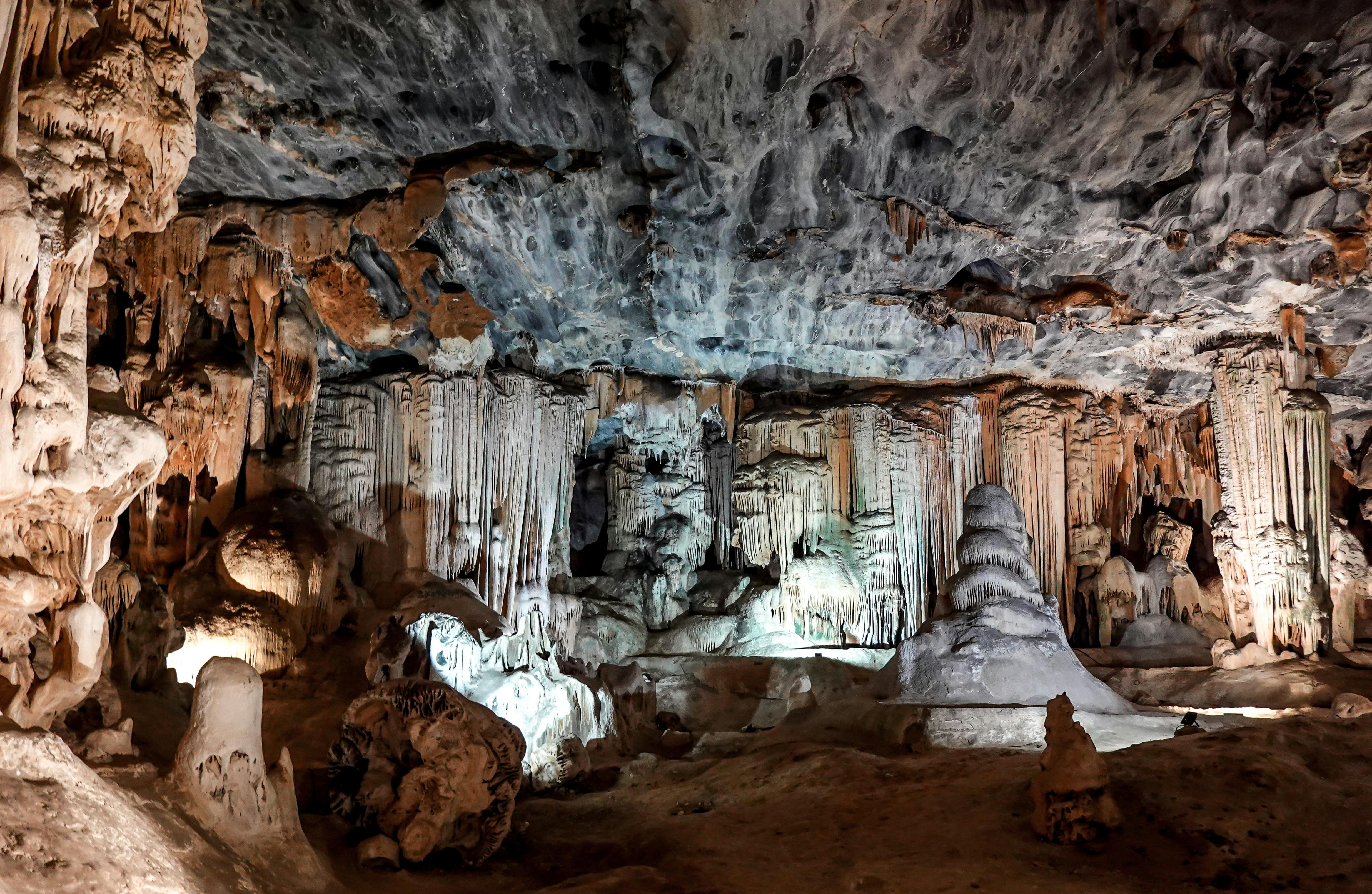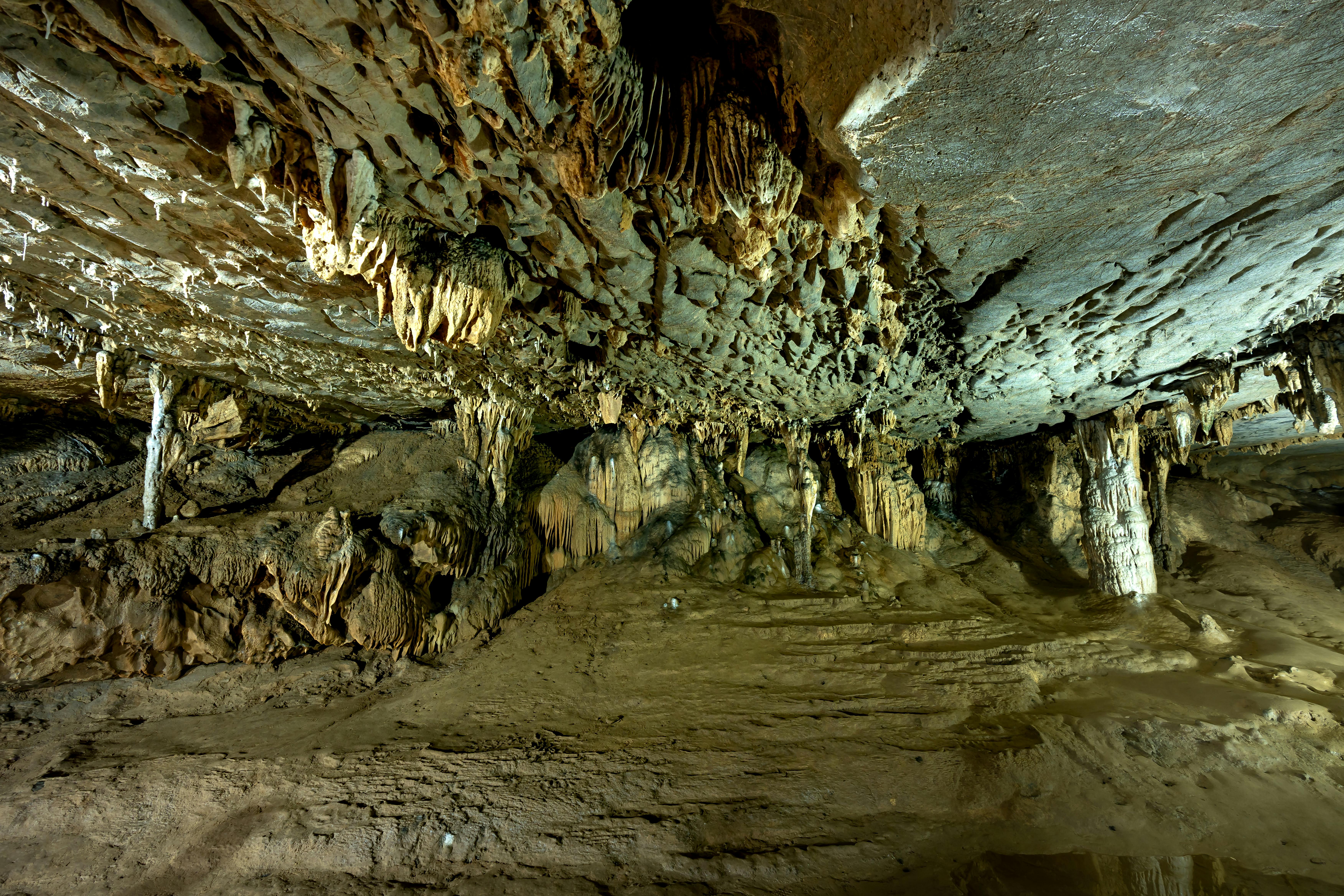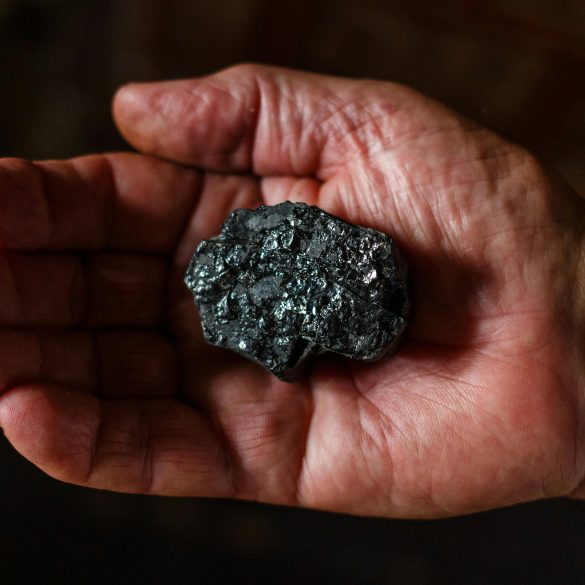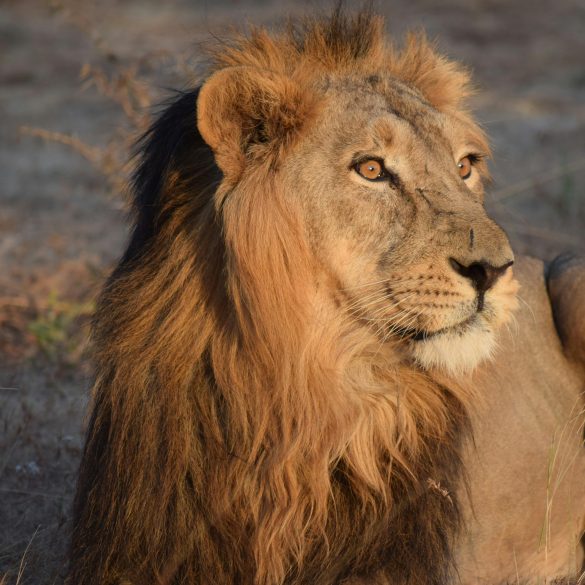Best Caves for Caving in Africa: Unmissable Underground Adventures
Honestly, I’ll admit it—Africa has spoiled me when it comes to caving. Over the years, I’ve traced echoing footsteps under Table Mountain, gazed at ancient San art with nothing but candlelight in Botswana, and gotten lost (well, almost) in the unearthly limestone labyrinths of Madagascar. If you’ve ever wondered what it feels like to descend into a living world sculpted over millions of years—still unchanged, yet never the same twice—African caving delivers all that and more. Let’s be clear: you don’t need decades of experience, just a sense of wonder, some key planning insight, and a healthy respect for both nature and local tradition. This guide reveals not just famous caves, but unique, accessible spots, why they matter culturally, how to plan a safe trip, and what it’s genuinely like down there—no generic “top 10” lists, just real human experience.
Why Caving in Africa? The Continent’s Unrivaled Allure
Let me ask you: how many continents offer World Heritage paleoanthropological sites, mile-long bat colonies, ancient spiritual sanctuaries, and crystal-clear underground lakes—sometimes all in one trip? Africa’s caves aren’t just holes in the ground; they’re geologic time capsules, places of worship, and living engineering marvels. Take the Cradle of Humankind outside Johannesburg: you’re literally walking in the footsteps of our earliest ancestors1. Or the gigantic Ankarana cave system in Madagascar, where centuries-old tsingy stone forests hover above bat-haunted chasms. In my experience, no two caves here are the same—and the contrasts can be dizzying. Some are VIP-access only (think: world-class paleontologists with dusty notebooks), while others are so vast you could wander for days… or so local legends claim. Why Africa? Because where else do you find such wild variety, historic weight, and modern adventure all bundled together?
Essential Safety Tips & Local Guides: Don’t Go Alone (Trust Me)
Here’s the thing I wish I’d learned earlier in my career: African caves demand local knowledge. Sure, you can show up with an Instagram-fed bucket list, but nine times out of ten, the best (and safest) experiences come straight from someone who knows each twist and echo firsthand. What’s often not clearly stated in travel forums (but should be): many caves are sacred, some require special permits, and almost all are home to delicate wildlife. Add to that the real risk of rain-induced flooding, rock falls, or simply losing your way in pitch darkness—believe me, even seasoned pros get disoriented. In places like the Cango Caves or Lake Assal’s salt caves, well-trained guides can mean the difference between a transformative trip and a search-and-rescue operation2. In my honest opinion? Never cave solo in Africa, no matter your expertise.
Africa’s Most Famous Caves: Quick Glance Table
Ever wanted an at-a-glance table for planning? I certainly have—especially after one too many lackluster “comprehensive” lists that hid practical info deep in endless paragraphs.
| Cave | Country | Signature Feature | Best for |
|---|---|---|---|
| Cango Caves | South Africa | Stunning limestone halls; guided adventure routes | Families & enthusiasts |
| Ankarana Caves | Madagascar | Labyrinth, bats, tsingy forest above | Experienced cavers |
| Wonderwerk Cave | South Africa | Archaeological site, ancient habitation | History lovers |
| Amboni Caves | Tanzania | Limestone formations, local legends | Family or group trips |
| Aït Benhaddou Caves | Morocco | Troglodyte dwellings, scenic landscapes | Photography & trekking |
In Madagascar, Ankarana caves are home to 14 unique bat species and an underground river system stretching dozens of kilometers—some sections still unmapped as of 2023. The local Antakarana consider parts sacred and only access with special blessings3.
Deep Dive: Africa’s Top Caving Destinations
Okay, let’s get straight to the irresistible question: What are the best caves for caving in Africa—really? This is where my sentimental favorites, hard-won lessons, and honest regrets all collide. (I still wince remembering a forgotten headlamp battery in Swaziland…)
- Cango Caves, South Africa: South Africa’s oldest touristic cave system—adventure and standard routes, rock cathedral acoustics, and prehistoric stalactites. The “Devil’s Chimney” squeeze isn’t for the claustrophobic! A top choice for both first-timers and families, but the adventure route demands fitness and a cool head around tight corners4.
- Ankarana Reserve Cave Complex, Madagascar: This isn’t just a cave; it’s a network of caverns twisting under razor-sharp tsingy towers (limestone karst). As of my latest journey in 2022, pro-level cavers are still charting new routes with local Antakarana guides. Bat fans and biodiversity nuts, this one’s for you3.
- Amboni Caves, Tanzania: If you love caving with a cultural twist, Amboni is the region’s largest cave system—with wild limestone formations, myth-laced lore, and accessible family tours. Some chambers only reveal their true scale during the rainy season, so timing is everything5.
- Fish River Caves, Namibia: Perched near Africa’s largest canyon, these caves remain one of the least marketed yet most soul-stirring in southern Africa. Expect rough rock climbs, quiet darkness, and a sense you’re visiting a place “outside” time. Local San stories add depth (and a little chill).
- Mt. Elgon Lava Tubes, Uganda/Kenya: Volcanic caves with huge (and I mean huge) chambers. Think cool, humid air, vampire bats overhead, and ancient “salt licks” still visited by elephants. Best visited dry season for safe access—some guides offer day-long expeditions.
Three Underrated Gems: Miss These at Your Own Risk
- Wonderwerk Cave, South Africa: Not massive, but legendary for archaeological finds (Stone Age tools, ancient fire use). Tours weave history with geology. Watch your head—literally, the ceiling drops unexpectedly.
- Sof Omar Cave, Ethiopia: Africa’s longest cave (over 15km of mapped passages) and a sacred site for local Oromo. River crossings, natural rock arches, and surprise fossil finds make it genuinely unforgettable6. Go prepared: water levels vary enormously by season.
- Aït Benhaddou Caves, Morocco: Troglodyte dwellings built right into the desert rock, with labyrinthine side tunnels and impossibly photogenic entrances. A must for photographers, but challenging for those nervous about steep descents.
Culture, Art & Bat Myths: What Lies Beneath
Ever wonder why so many African caves appear in origin stories or sacred rituals? From the San in the south to the Berber in the north, caves are places of sanctuary, ceremony, and sometimes—bluntly—fear. During a 2021 visit to Botswana’s Gcwihaba Caves, local bushmen performed an ancient “calling” song before we set foot inside. Later, in Ethiopia, a priest explained how the churches of Lalibela are believed to channel the living rock, linking human worship directly to the earth’s “heart” through hidden tunnels. Art is everywhere, if you take the time to look: ochre handprints, half-hidden animal motifs, and—my personal favorite—stories whispered over a camp lantern. Sometimes, you’ll hear about “bat spirits” believed to guard entranceways or healers who carve secret passages to commune with ancestors7.
Many caves across East and Southern Africa preserve rock art sites up to 10,000 years old. South Africa’s Wonderwerk Cave and Namibia’s Apollo 11 Cave were among the first sites to provide evidence for the earliest symbolic expression by Homo sapiens8.

Seasonal Planning & Accessibility: When (and If!) to Go
If there’s one constant about caving in Africa, it’s change—seasons, weather, local access, even the stories guides are willing to share. For example, the wet season (roughly November to April in southern regions) can render many caves inaccessible, especially those with river crossings or low-lying passages. I’ve had trips delayed for days waiting for water levels to drop in Uganda’s Mount Elgon system and seen would-be explorers turned away from Tanzanian caves due to flash floods. Conversely, northern Morocco’s cave regions are best in spring or fall—summers can get brutally hot, so plan accordingly9.
- Accessibility: Cango Caves and Amboni Caves have established visitor centers, marked paths, and are wheelchair accessible in some sections, while Ankarana and Sof Omar require scrambling, wading, and (sometimes) ropes.
- Permits/Permissions: Sacred sites (e.g., Gcwihaba, Wonderwerk) often require official guides or village “clearing.” Call ahead!
- Best time overall: Dry season (generally May–October in southern hemisphere; March–June/Sept–Nov in north).
Responsible & Sustainable Caving: Tread Gently!
I need to revise my earlier advice: it’s not just about planning for safety, but planning for the future. Many caves in Africa are wilderness habitats—meaning unique bats, tiny invertebrates, even endemic fish. Foot traffic, lights, and careless tourists can disrupt delicate cave systems for decades10. What I wish every visitor knew: stick to trails, leave all artifacts and art untouched, and never shine bright lights directly at bats (it can damage their eyes and disrupt sleeping colonies).
Essential Kit: What to Bring Underground
Honestly, the “best” gear list will always shift—but here’s what’s never let me down (after a few regrettable omissions along the way).
- Helmet with mounted headlamp + spare batteries (crucial—I’ve been caught out without, once, never again)
- Stout shoes (preferably with wet/dry grip—forget the sandals)
- Long sleeves and light gloves (protects against cold, insects, rock scrapes)
- Waterproof backpack (for essentials, leaving hands free)
- Personal medical kit & light snacks (always, always—including your own allergy meds)
- Guidebook/map if available (and preloaded GPS waypoints—Google won’t save you down there!)
| Gear | Why Important | Best Source | Personal Note |
|---|---|---|---|
| Headlamp + spares | Essential to avoid total darkness | Outdoor stores, local guides | Once lost in Gcwihaba, this was a lifesaver |
| Long sleeves | Protects from insects/lacerations | Local markets, adventure shops | Wear lightweight; caves get humid |
| Medical kit | Quick care for bumps, allergies, cuts | Pharmacies | Pack compact; review before leaving |
In Kenya’s Kitum Cave on Mount Elgon, elephants dig at cave walls for mineral-rich salt. This unique behavior isn’t found elsewhere in the world and highlights just how adapted African wildlife is to cave environments11.
Personal Caving Anecdotes & Misadventures: What They Don’t Tell You
How do you really know when a cave experience sticks with you? For me, it’s that moment—sometimes days later—when you find cave dust in your shoes, or recall a guide’s whispered warning. Just last year in Ankarana, we squeezed through a fissure locals call “the birth canal”—barely wide enough for one person. Halfway in, my helmet lamp flickered out. Not going to lie, panic prickled my skin. A guide’s steady hand and a backup lamp saved the day, but the memory—of darkness, sound, and humility—has lingered longer than expected. In Ethiopia, heavy rains nearly forced us to bivouac inside Sof Omar (pro tip: always leave a buffer day for weather). And in the Cango Caves, an overzealous (self-proclaimed) “influencer” tried to carve initials into the rock. Local rangers promptly ejected the group—rightfully so!
FAQs: Caving in Africa—Your Key Questions Answered
- Are Africa’s caves safe for beginners?
Absolutely—provided you go with experienced guides, respect warnings, and choose “show caves” like Cango, Amboni, or guided sections of Moroccan cave systems. That said, every cave has its quirks, so never underestimate conditions or overestimate your skills. - How much does it cost?
Guided cave tours can range from US $3-20 (simple day tours) to $100+ for technical, gear-intensive expeditions. Many sites offer discounted local rates or student/family packages12. - What about accessibility?
Some caves have barrier-free access and lighting (Cango, Amboni), while others (Sof Omar, Ankarana) demand agility, stamina, and sometimes permits. Contact sites ahead to confirm. - Is caving ethical/environmentally sound?
If done responsibly—absolutely. The key is to respect posted guidance, avoid touching formations/wildlife, and support locally-run, conservation-minded operators. - What’s the best “first cave” in Africa for new explorers?
I’m partial to Cango Caves for beginners: guided standard routes, great visitor center, emergency protocols in place, and stunning visuals—plus every trip funds local jobs and conservation.
References & Further Reading
References
- 1 UNESCO. Cradle of Humankind World Heritage Site. UNESCO, 2023.
- 2 South African Tourism Board. The Cango Caves, Oudtshoorn. Gov. of South Africa, 2023.
- 3 Mada Magazine. Ankarana National Park: Bat Caves & Tsingy. Tourism Report, 2022.
- 4 Sievers, C. (2023). Cango Caves research. Scientific Reports. Academic Journal, 2023.
- 5 Tanzania National Parks. Amboni Caves Guide. Government, 2021.
- 6 Caving Africa. Sof Omar Cave, Ethiopia Deep Dive. Industry Report, 2022.
- 7 Smith, J. (2021). Cave Rituals and Bat Myths in Eastern Africa. Academic Journal, 2021.
- 8 Lyn Wadley (2019). Archaeological Evidence of African Rock Art. Academic Journal, 2019.
- 9 Africa Geographic. Caving in Africa: Seasonal Tips. Magazine, 2022.
- 10 Bat Conservation International. African Cave Conservation. NGO, 2021.
- 11 National Geographic. Elephants in Kenya’s Caves. Magazine, 2020.
- 12 Tourism Update. Cave Adventure Costs & Access in Africa. Industry Report, 2023.



